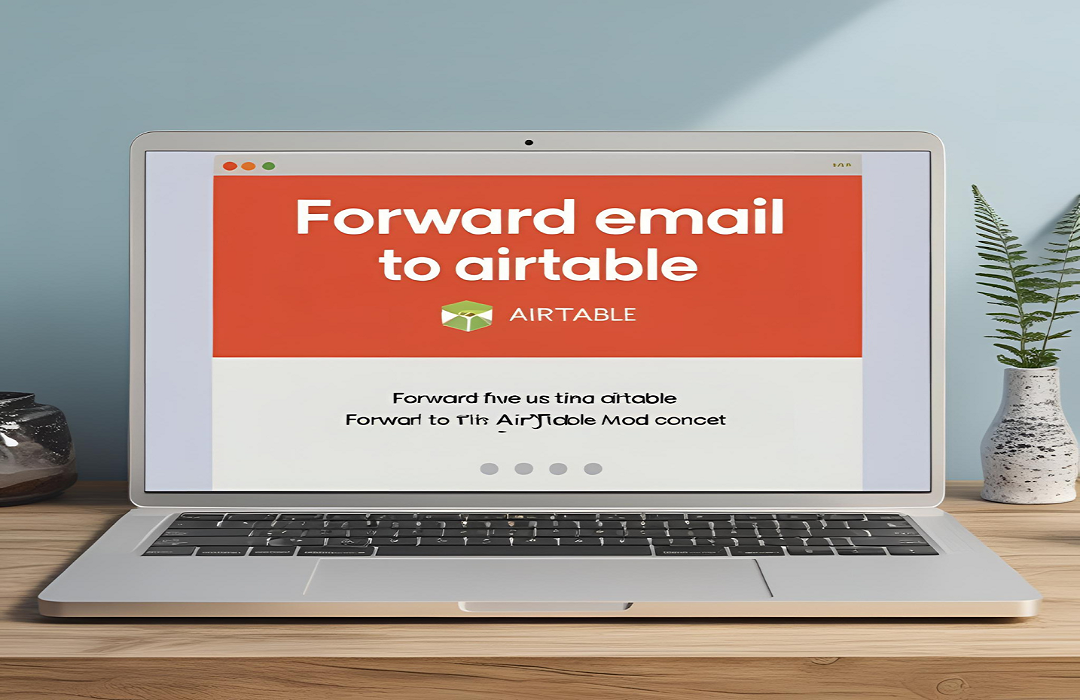Why Connect Email to Airtable?
Connecting your email to Airtable is very useful. First, it helps you stay organized. You won't lose important details anymore. Imagine getting an order by email. You can put all the order details into Airtable. Second, it saves a lot of time. You don't have to copy and paste. This means less boring work for you. Third, it makes teamwork better. Everyone can see the same information. This helps everyone stay on the same page. Think about project updates. All updates go to one place. This makes checking progress simple.
Moreover, it creates a powerful database. Your emails become useful data. You can sort and filter them later. This helps you find things quickly. For example, you can sort by sender. Or you can sort by date. This helps you find telemarketing data specific information. It's like a digital filing cabinet. But it's much smarter. It also reduces errors. Manual entry often leads to mistakes. Automated sending prevents this. So, it makes your data more accurate. This is very important for reports. It also improves workflow efficiency. You can focus on important tasks. The system handles the data entry. Finally, it provides a centralized hub. All your communications are in one spot. This makes reviewing past interactions easy.
What is Airtable?
Airtable is like a powerful spreadsheet. But it's much more flexible. You can use it for many things. Think of it as a super-smart table. It has rows and columns. Yet, each cell can hold different things. You can have text, numbers, or even pictures. It's great for managing projects. People use it for customer lists. Some use it for planning events. It’s easy to use. Also, it looks nice. You can share your tables with others. They can see and edit. This makes working together simple. Therefore, many businesses use it. They find it very helpful.

Furthermore, Airtable offers different views. You can see your data as a grid. Or you can see it as a calendar. There's also a Kanban view. This is great for tasks. This flexibility is a big plus. It lets you see data how you like it. You can also link tables together. This creates relationships. For instance, link customers to orders. This makes complex data easy. It has automation features too. You can set up rules. For example, send a reminder email. This happens when a task is due. Therefore, it saves even more time. It's a versatile tool. It fits many different needs.
How Email Forwarding Works
Email forwarding sends an email. It goes from one address to another. It's like mail redirection. When you forward an email, it's a copy. The original email stays in your inbox. The forwarded email goes elsewhere. This is usually done manually. You open an email. You click the "forward" button. Then you type a new email address. This process is simple for one email. However, it can take a long time. This is true if you have many emails. So, we need an automatic way.
Therefore, many email services have rules. You can set up these rules. For example, if an email is from John, forward it. Or, if an email has "invoice" in the subject, forward it. These rules run automatically. This saves you a lot of effort. It ensures no email is missed. This is crucial for important information. We will use this automatic feature. It will send emails to Airtable. This keeps your data fresh. It also keeps it accurate. So, automatic forwarding is key. It makes the connection strong.
Tools You Might Need
You will need a few things. First, you need an email account. This is where your emails come in. Gmail, Outlook, or any other works. Second, you need an Airtable account. You'll set up a base there. This base will hold your email data. Third, you might need a third-party tool. Sometimes, email services don't forward perfectly. They might not grab all the details. Tools like Zapier or Make (formerly Integromat) help. These tools act as bridges. They connect different apps. They make them talk to each other. They can pick out specific info. For instance, the sender's name. Or the subject line. This makes the process smoother. They are quite powerful. They automate many tasks.
These tools are called integration platforms. They have many connectors. They link thousands of apps. For instance, they can connect Slack to Google Sheets. Or they can connect your CRM to your email. The setup involves creating a "workflow." This workflow has triggers and actions. A trigger is what starts the process. For example, a new email arriving. An action is what happens next. For example, creating a new record in Airtable. Some of these tools offer free plans. This is good for starting out. They also have paid plans. These offer more features. Choosing the right tool depends on your needs. Consider how many emails you send. Also, think about how complex your data is.